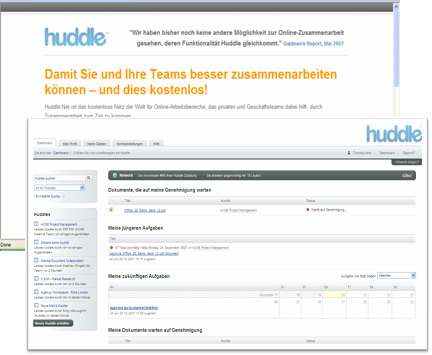When applying the “one word” phrase to translation or localization processes, the “it” can be either accuracy or complete gaffe. Given the velocity of the Internet, an offensive or comical translation of just one word can proliferate faster than the designers of the age-old Faberge commercial could have imagined.
In fact, just one skewed word changes meaning, invites misinterpretation, and erodes quality. One inaccuracy; many consequences. Terminology Management (TM) should be a no-brainer, right? Unfortunately, we’ve seen TM listed toward the bottom of the priority list — or not at all — when discussing imperatives for the global content lifecycle within the content management community.
When I read SDL’s report on the TM benefits realized by the European Institute of Romania (EIR) during their accession process, I thought it was an impressive story. 158,000 pages of translation; 54,000 terms covering more than 8 languages; 23,000 validated terms submitted to the EU’s terminology database, Inter-Active Terminology for Europe (IATE). Hmmm. A collaborative, jointly-managed, and centralized terminology database with more than 8 million terms? Even more impressive.
Intrigue led me to SDL’s Christie Fidura, Senior Product Marketing Manager, which led me to Karl-Johan Lönnroth, the Director General of The European Commission’s Directorate-General for Translation (DGT). The Faberge commercial in action.
Described as one of the largest translation services in the world, the DGT provides translation services for all 23 of the European Union’s official languages, has a permanent staff of 1,750 linguists and 600 support staff, and currently translates over 1.7 million pages per year. If that’s not impressive enough, my interview with a very cordial Lönnroth provided even more insight in the EU’s commitment to citizen expectations for translated content, the value of TM, and the impact of cross-country collaboration.
Lönnroth began the interview with a simple, but compelling statement: “The support of 23 languages equates to 506 possible language combinations. Managing this is impossible without terminology management.” In managing the DGT as a service provider based on supply and demand, he also noted the continuing rise in expectations for translated content and with it, Web access to that content. Echoing the theme of the Globalization Track at Gilbane Boston 2007, Lönnroth’s message was that EU citizens are less and less tolerant of institutional and legislative information that is not in their native language.
So how does the IATE fit in? Lönnroth sees the multi-year effort as both a government and public service in “reinforcing the EU’s global interest in providing quality translations.” Over the last year, the merger of all European term banks resulted in a remarkable — and free — knowledge repository comprising 50 years of work. The repository is essential for candidate countries seeking accession and faced with the requirement to translate the EU’s Acquis Communautaire into their native language according to mandated deadlines. Such was the case for Romania and Bulgaria, which became Member States on January 1st, 2007.
As the Director-General of the DGT since 2004, Lönnroth is steadfast in promoting the EU principle of “unity in diversity” as well as the fact that multilingualism is essential. His focus on translation management is a critical part of the DGT blueprint for a multilingual European Union.


